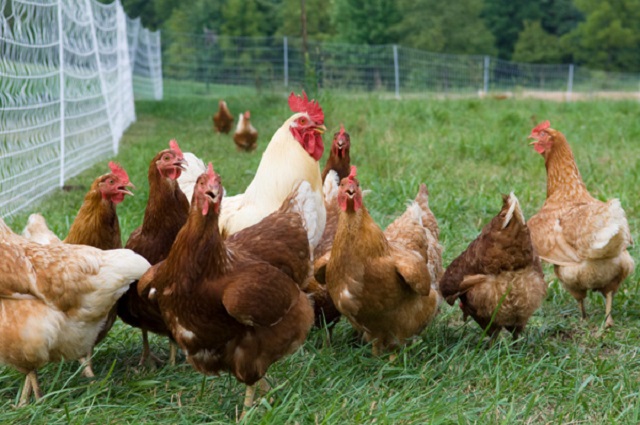
The Sunday News

Mhlupheki Dube
WHILE I was touring a poultry farm recently, I came across a batch of young guinea fowls, probably around six weeks old.
Even my colleagues could not tell whether these young guinea fowls were females or males. In other words we could not readily distinguish the sex of these young birds until a foreman of the farm was asked to help.
This got me thinking that perhaps sexing (determining what sex they are) chickens could look so obvious to many because firstly we do it at the age when it’s almost apparent which sex the bird is or we are used to chickens and hence when we are called to determine the sex of other forms of poultry, we struggle because the differences are less obvious, especially at younger ages. I therefore wish to share a few methods that are used to show sex of the chickens and some are also applicable to other forms of poultry. It should be stated that some methods of sexing are particularly important at certain ages of the birds. Also one may wonder why the need for sexing of chickens?
This is important especially in the hatchery business where they might need to supply chicks that have been selected for a particular sex.
These are called sexed chicks. The most useful method of sex determination at young age is called vent sexing or cloacal sexing or simply venting.
The vent or cloaca is the outlet for the chicken droppings. What in other animals would be called the anus.
Vent sexing is best done by trained personnel because of two reasons. Firstly it involves squeezing the bird to force it to release some droppings and if it is not done carefully it can result in injury and disembowelment of the bird.
Secondly it involves observing the anatomy of the interior of the vent which may be less obvious to an untrained eye.
Therefore when doing vent sexing, a chick is squeezed carefully towards the back so that it can release its droppings and then the interior of the vent is inspected.
A male chick will have a small bump while a female chick will not. Body size can also be used to tell if it’s a female or male especially around three weeks of age. Male chicks will generally have larger bodies and bigger than female chicks. Another method which requires a bit of training and experience is the use of wing sizes to determine the sex of your chicks.
If wing feathers are observed right at the tip end, male chicks will have wing feathers that are of the same length while female chicks will have wing feathers showing at least two different lengths.
Other than venting and the other already stated ways which can be done to very young chicks there are also other methods of sexing which involve observation of physical features and behaviour and these inevitably have to be done after chickens have reached a certain age of maturity.
Around three weeks of age it is usually possible to use physical features to distinguish between sexes of the chickens. One such feature is the comb and wattle size.
In general male chicks will begin to develop larger, more prominent and darker combs than female chicks. So by observing your chicks at that particular age paying attention to the size of the comb you can predict whether it’s going to be a pullet soon or cockerel.
The other physical feature to observe is the size of legs and feet. These are called shanks in chickens and male chickens tend to have longer and thicker legs as well as larger feet than females.
Also the farmer can observe what are called hackle feathers and how they develop. These are feathers that develop around the neck of chickens, especially as they approach reproductive maturity.
Technically with chickens you should be physically able to distinguish them by gender by then but this may be less obvious with other forms of poultry.
Hackle feathers in hens are shorter and more round while those of roosters will be longer and pointy.
I hope farmers who find themselves called to grade their young chicks according to gender for one reason or another will find this useful.
Uyabonga umntakaMaKhumalo.
Feedback [email protected]/cell 0772851275




